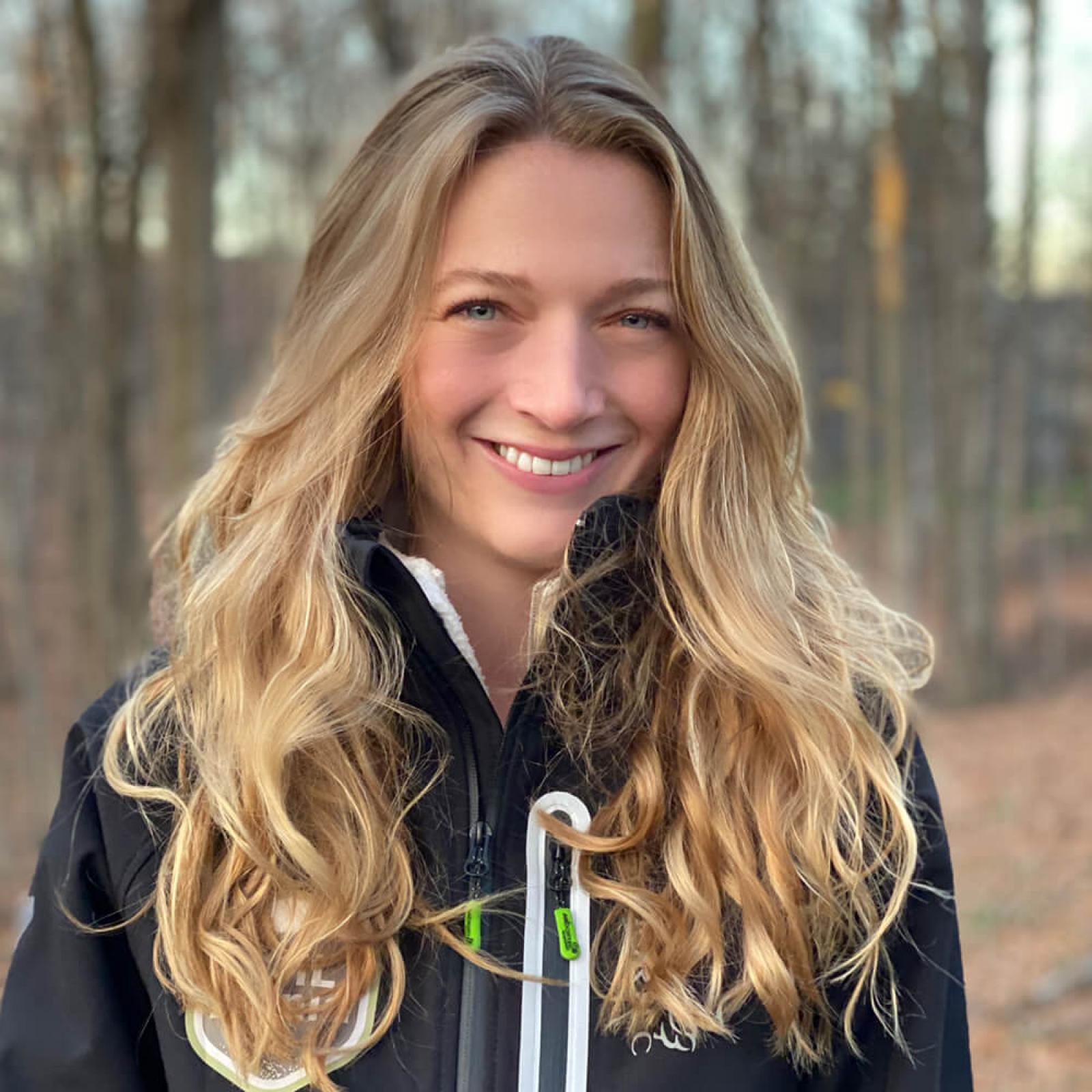December 14, 2021

Nadina Galle
Plugging into nature
An ecological engineer by training, Dr. Nadina Galle researches, designs and pilots emerging technologies to better monitor (and reconnect people to) urban ecosystems — a framework she coined in her doctoral thesis titled “Internet of Nature” (IoN). Some IoN examples include utilizing high-resolution satellite imagery to map tree conditions; natural language processing to uncover citizen opinion on urban green space; and “Internet of Things” (IoT) soil sensors to optimize soil health and tree watering.
This interview is adapted from a conversation Landscape Trades’ publisher Scott Barber had with Galle on the Landscape Ontario Podcast, which you can listen to at landscapeontario.com/podcast.
Scott Barber (SB): How did you become interested in urban ecology?
Nadina Galle (NG): I grew up in Waterloo, Ont., one of Canada’s fastest growing areas and very much a tech hub. Growing up there, in very much a typical suburban neighbourhood, I witnessed suburban sprawl happening all around me at a rapid pace. My parents used to live on the outskirts of Waterloo, which has now almost become the centre because of all the development that has happened. And I think from a young age that stemmed a lot of questions for me. Who gets to decide when we lose an ecosystem and we get a human or urban ecosystem in its place? Who gets to make the decisions about how we develop our cities? And eventually, that led to me becoming interested in how we could perhaps develop cities that are both great for humans, but also great for all of the other species we share our cities and suburban areas with.SB: What is the Internet of Nature?
NG: The Internet of Nature is a little bit of tongue and cheek to two different concepts, which I hope to bring together. On the one hand, it’s the idea that earth has its own natural form of internet. For anyone that has read the Hidden Life of Trees by Peter Wohlleben, it presents the idea that trees are not the solitary individuals that we thought they were. They are actually social beings that are in constant communication with each other via their underground fungal fibres. So if that’s the case in natural forest ecosystems, what happens to those fungal networks when we plant trees and other vegetation in cities? It turns out that the network is often disrupted in cities. And perhaps when it is disrupted, we as humans, need to take responsibility to then take the best care that we can for those trees and vegetation, and perhaps technology is the tool that we need to be able to plug in to that existing biological communication network.And the flip side, of course, is that the Internet of Nature sounds a lot like the internet of things, which is of course one of the most ubiquitous smart city technologies that we have. During my research examining all of these different smart city technologies, whether it be sensors, remote sensing, surveillance cameras, machine learning, blockchain, or big data, all of these technologies and applications that we want to use to improve our urban life, they’ve been used for all kinds of different things, like mobility, waste management on so on, but it seems like urban ecology has been left behind from that digital revolution. My goal with the Internet of Nature is to take nature online to help us better understand and protect urban ecosystems, but also reconnecting people back to nature, because that’s what we really need to do to create this mindset shift that nature is a key determinant of our economic, social and ecological well being.
SB: What is an example of the IoN in practice?
NG: I think anyone who has been in the urban forestry space is no stranger to remote sensing, the use of aerial imaging, drones and satellite imagery to be able to assess what the canopy looks like in cities. I think that’s critical moving forward, especially because the most important thing we have to do is better understand our urban ecosystems so that we can better protect them. I think tools like remote sensing have a really important role to play in that.Using satellite imagery, we are able to get an idea of where we have trees and where we’ve lost them, but also we are able to look at the condition and health of trees, and even identify the species of trees. Ultimately, it allows us to make more evidence-based decisions in terms of where we need to prioritize maintaining existing forest stock and perhaps where to plant new urban forest stock. And it could even play a role in helping us enforce deforestation on private lands.
Learn more about the Internet of Nature when Nadina Galle speaks at the Congress Virtual Conference on Jan. 19, 2022. Register online at: congressredefined/conference.